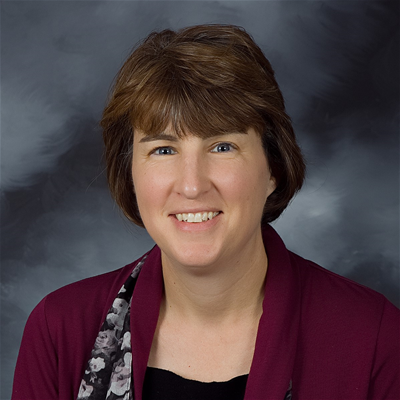 At Michigan Technological University, administrators created active environments and pedagogies that have made the learning process a more rewarding experience for instructors and students.
At Michigan Technological University, administrators created active environments and pedagogies that have made the learning process a more rewarding experience for instructors and students.
“Learners are definitely very receptive to the spaces and glad to have opportunities to learn in them,” says Linda Wanless, an educational technologist at the university.
Effective environments feature engaging physical designs that are aesthetically pleasing, but they must also provide the psychological and social needs of the learner. “Student engagement will be hindered if the necessary aspects of the space don’t meet their needs and expectations beyond just the physical dimensions of the design,” she says.
Wanless will share how other colleges and universities can create their own engaging learning environment and build a new pedagogical approach during her presentation at UB Tech® 2019, to be held on Tuesday, June 11, in Orlando. This session is presented by FLEXspace, a UBTech program partner.
Currently, media services on the MTU campus ensure the technology matches the function of each room, while the Center for Teaching and Learning provides consultations with faculty who utilize their respective space. “The center provides a great deal of support on active learning and how to teach in an active learning space,” says Wanless. “It’s important that we match the instructor with the appropriate space based on how they teach.”
Changing roles and pedagogies
As MTU students take on more active roles in these environments, educators have begun serving more as facilitators who assist the learning process by encouraging and guiding students. “This is a very different role than providing a lecture based on textbook content or a Powerpoint presentation,” says Wanless.
Campus administrators, however, need to ensure that the pedagogy matches the learner within these spaces. “The approach for a freshman will certainly be different than that of a senior, but will provide them with the ability to center on their own learning needs as they reach the end of their college education, ” says Wanless. “The industry is changing so quickly that students need to continue to be self-learners as they advance through their careers.”







